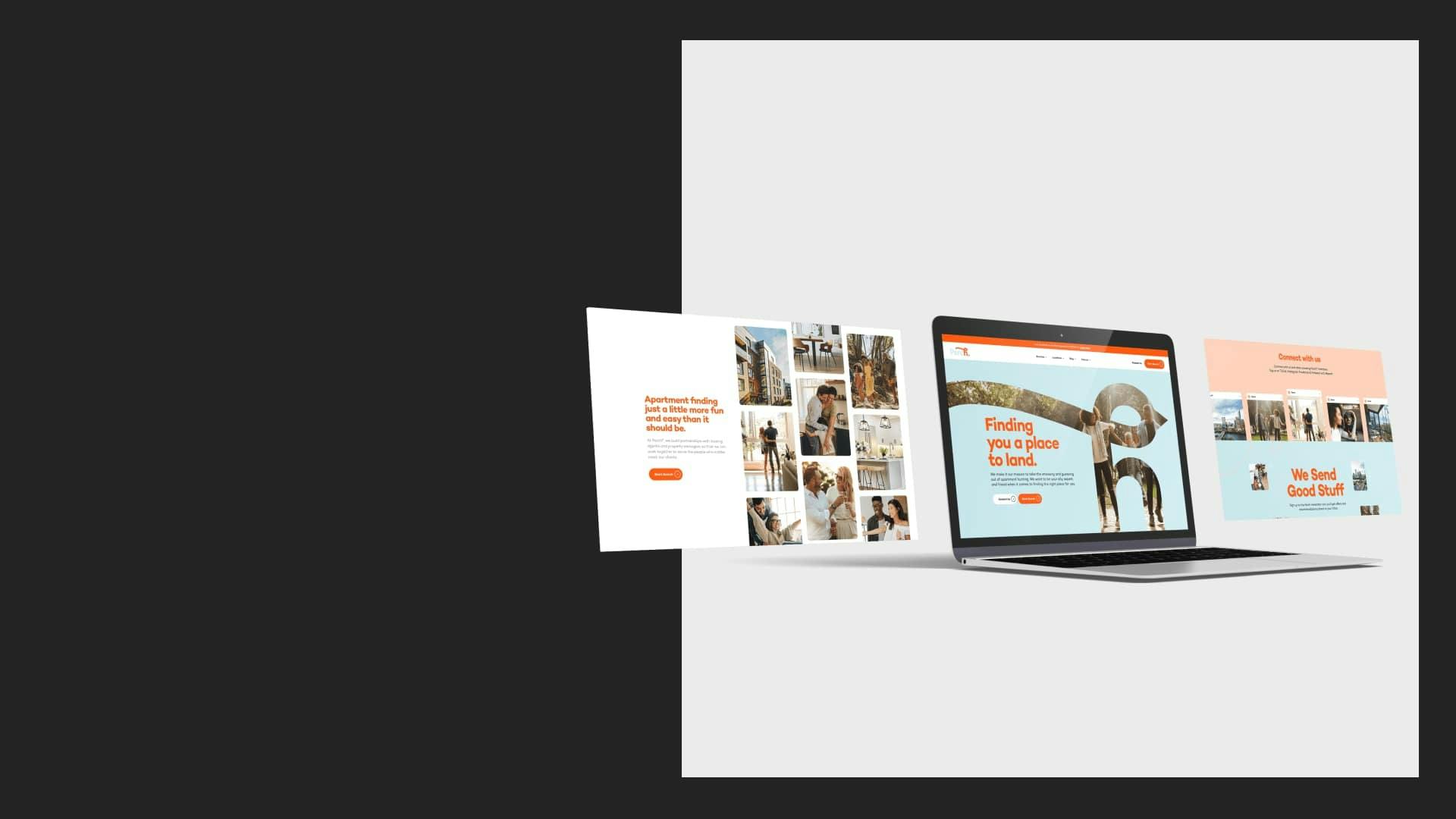
Written By:
Sammy Kumar
Sam is technologist specializing in marketing and digital transformations. He enjoys solving business problems through digital technology.
Building a Composable MarTech stack
Feb 28 2023
Marketing Technology (MarTech) is essential for any business that wants to reach and engage customers across multiple channels. However, choosing and managing the right MarTech tools can be challenging, especially when so many options are available.
A traditional approach to building a MarTech stack is buying a suite of integrated products from a single vendor, hoping they will cover all your needs and work well together. However, this approach has some drawbacks:
- It can be expensive and inflexible, locking you into a long-term contract with a vendor that may not keep up with your changing needs or the latest innovations.
- It can limit your choice and customization, forcing you to use features that you don't need or want or preventing you from adding new ones that you do.
- It can create silos and dependencies, making it hard to share data and insights across different teams or platforms or to switch to a different vendor if needed.
A more modern and agile approach is to build a composable MarTech stack, which consists of selecting and integrating best-of-breed solutions from different vendors that suit your specific needs and objectives. A composable MarTech stack has some advantages:
- It gives you more flexibility and control over your marketing strategy, allowing you to choose the tools that work best for you and your customers and to change them as needed.
- It enables more innovation and experimentation, letting you test new ideas and solutions quickly and easily without disrupting your existing workflows or systems.
- It fosters more collaboration and integration, enabling you to share data and insights across different platforms and teams and leverage the expertise of different vendors.
One way to build a composable MarTech stack is to use a digital experience platform (DXP) as the foundation. A DXP is a platform that enables you to create, manage, deliver, measure, and optimize digital experiences across multiple channels. A DXP can help you unify your MarTech stack by providing core capabilities such as:
- Content management: A DXP allows you to create, store, and manage content for different channels using a headless CMS (content management system) that decouples content from presentation.
- Personalization: A DXP enables you to tailor content delivery based on user preferences using AI (artificial intelligence) or rules-based engines.
- Analytics: A DXP helps you measure performance using built-in dashboards or third-party tools.
- Optimization: A DXP allows you to improve user experience using testing tools such as AB testing.
However, not all DXPs are created equal. Some DXPs are monolithic suites that suffer from the same problems as traditional MarTech stacks. Others are composable DXPs that follow the MACH principles: microservices-based architecture; API-first design; cloud-native deployment; headless delivery. A composable DXP offers some benefits such as:
- Scalability: A composable DXP can handle high volumes of traffic using cloud services that automatically scale up or down according to demand.
- Security: A composable DXP can protect data using encryption protocols such as SSL/TLS (Secure Sockets Layer/Transport Layer Security).
- Speed: A composable DXP can deliver fast performance using CDN (content delivery network) services that cache content at edge locations close to users.
To summarize, building a composable MarTech stack is an effective way for businesses that want more flexibility to control innovation and collaboration integration in their marketing efforts. Using a composable DXP as the foundation of their MarTech stack can help them achieve these goals by providing core capabilities such as content management personalization analytics optimization while also offering benefits such as scalability security speed.
References: : https://blogs.oracle.com/marketingcloud/post/what-are-the-key-components-of-an-effective-martech-stack : https://www.cmswire.com/digital-experience/composable-dxps-building-blocks-of-a-modern-martech-stack/ : https://martechasia.net/features/martechs-future-is-moving-to-composable-martech-stacks/




